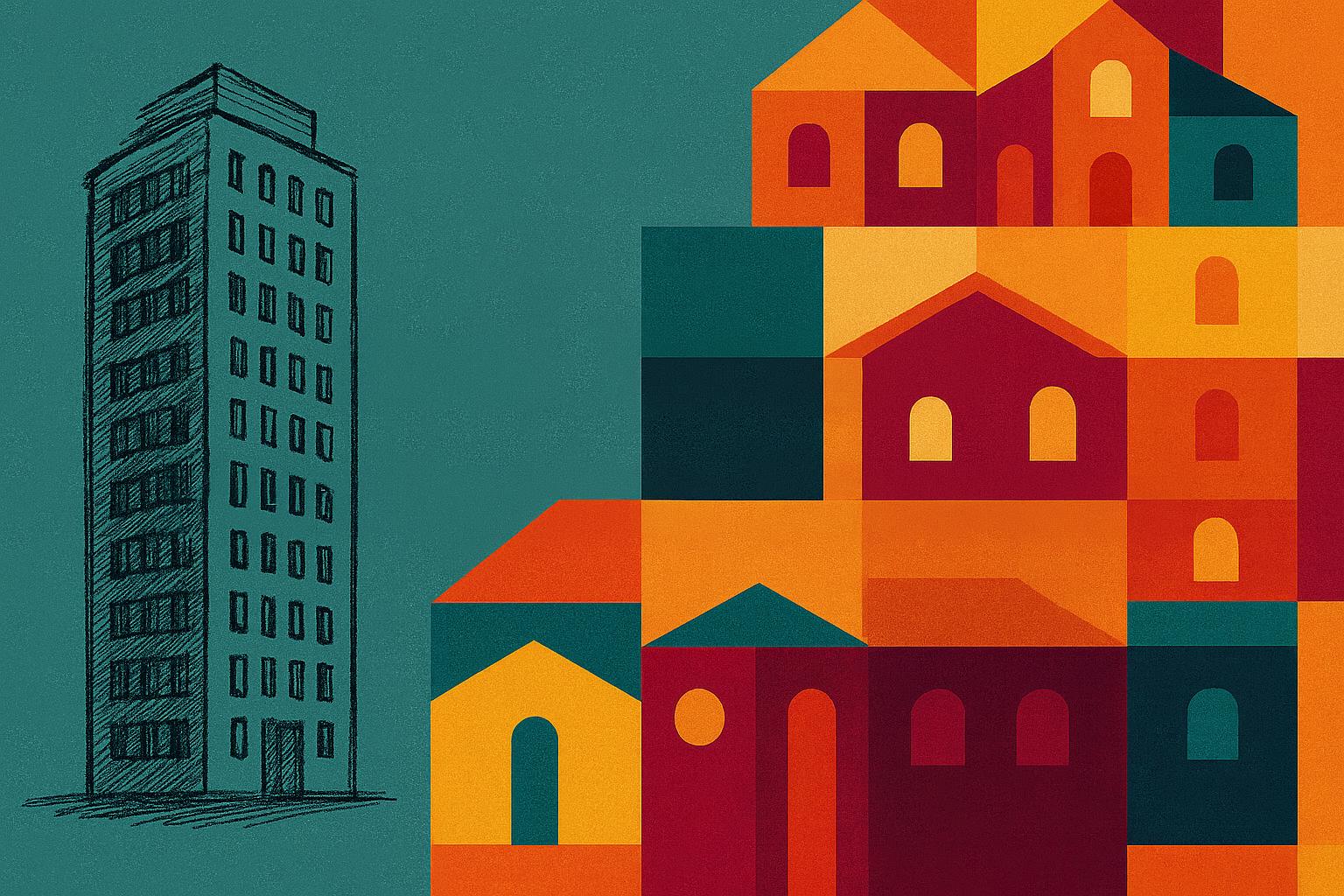
A recent survey from DI Ejendom, covering 4,000 Danes, revealed a stark reality:
This is despite the fact that 9 out of 10 Danes are happy with their home and local area. People value their living environment — they just don’t associate it with the work of the property sector.
That disconnect matters. As DI Ejendom’s head, Helle Juhler-Verdoner, points out: If people don’t connect our industry to their homes or workplaces — the very spaces they care about most — it’s a problem. And if they do have an opinion, and it’s negative, it becomes a serious challenge.
Branding expert, Martin Lindstrøm, who has advised brands from Lego to Mercedes-Benz, links the problem to the nature of tenant–landlord interaction. For most residents, the “touchpoint” with the property owner is the rent invoice and service charges once a month.
Similar to the insurance industry, the relationship is too often give, give, give from the customer perspective, with little visible return. Positive contributions — well-maintained buildings, safer communities, sustainability improvements — rarely make it into the conversation.
Changing perception isn’t about marketing spin. As communications specialist Frederik Preisler notes, real change comes when the sector sees its reputation as business-critical — and invests in making it visible.
Lindstrøm’s advice: make the intangible tangible. Give tenants reasons to associate ownership with value creation — whether through transparent operations, visible community initiatives, local engagement, or even gamified experiences that turn rent payment into an opportunity to give back or gain rewards.
One practical example could be to publish a monthly “What we delivered” ops card to the tenants that for example shows the % of tickets acknowledged under 2 hours, median completion time or preventative fixes completed. Push it through an engagement app if your building has one. Why? Residents see value beyond the rent bill resulting in higher renewal intent and fewer inbound complaints. (Survey work by Kingsley Associates has shown resident satisfaction and renewal intent track together over time.
Also if you pursue BREEAM/LEED (or local equivalents), you could make it clear that the green credentials can be used by your tenants, not just read. Pair certification with resident-visible benefits: EV charging, air quality, and/or more transparent energy dashboards that shows monthly savings.
Back to the recent survey from DI Ejendom. The survey makes it clear what residents want the industry to focus on:
Operators that can directly show progress on these priorities — and make it part of the tenant relationship, not just the annual report — will stand out.
Perception influences policy. A positive public view makes it easier to engage decision-makers on the regulatory frameworks that impact long-term investment and portfolio value.
It also shapes leasing outcomes: a trusted brand attracts better tenants, strengthens retention, increases revenue and reduces friction in operations.
As an industry, we spend huge resources on developing, maintaining, and improving our assets — yet the people using them every day often don’t see, or don’t know about, those efforts. Closing that gap is more than a PR exercise; it’s a route to stronger NOI, resilience, and long-term asset value.
The takeaway: The real estate sector isn’t just in the business of owning buildings. It’s in the business of people and shaping living experiences— and the more that’s seen, understood, and experienced by the public, the stronger our license to operate becomes.
Sources:
DI Ejendom via Estate Media link
Kingsley Associates link
